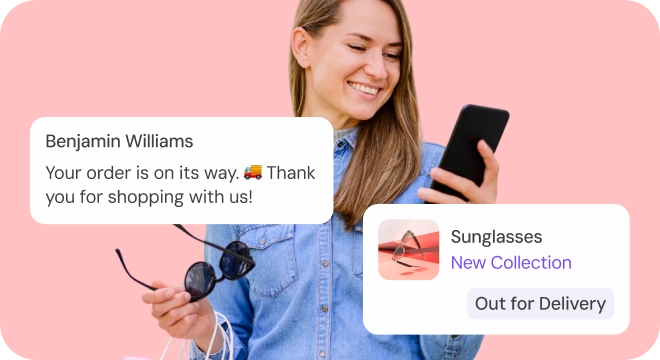Blog

Master the art of calming angry customers with 10 proven tips and ready-to-use response templates.

Unlock AI's potential in eCommerce to boost sales, enhance CX, and drive B2B & B2C success effortlessly.

Learn how the RICE score helps product managers prioritize tasks efficiently, make data-driven decisions, and maximize impact.

Discover how companies harness multilingual AI to enhance customer support and engagement across diverse linguistic landscapes.

Learn how innovation transforms the financial sector while tackling security and data protection challenges.

Learn how AI chatbots streamline customer support, reduce wait times, and boost engagement while helping businesses scale efficiently.

AI Model showdown. Explore their features and performance to determine which AI language model suits you best!

Learn the risks of Shadow AI and how to stay compliant with authorized AI tools at work.

Discover what CAC is and why it matters, and master the formula to boost your growth.

























